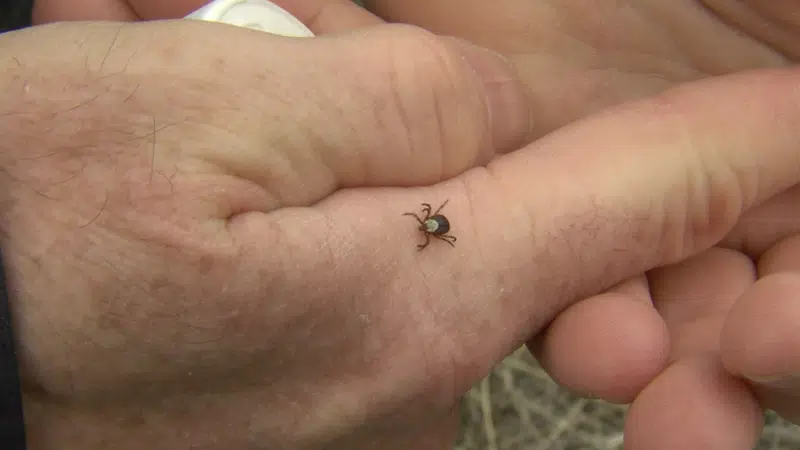
Ticks return to the Kamloops area
KAMLOOPS— As businesses close their doors amid the COVID-19 pandemic, people are heading outdoors to keep active and enjoy the fresh air.
But, there is another danger lurking in the grasses.
“The ticks have already made their appearance as of even a month ago, they were out quite early this year,” said Vanessa Isnardy, provincial coordinator with WildSafeBC. “We have two types of ticks that are typically found in Kamloops. The rocky mountain wood tick is the one that is most common in the Kamloops area. Both types of ticks, the rocky mountain wood tick and the black legged tick, both carry disease.”


